As a licensed pharmacist with years of experience counseling patients with diabetes, I understand the urgency and anxiety that can come when blood sugar levels suddenly spike. Whether you’ve run out of insulin, are managing type 2 diabetes without medications, or just want to explore natural solutions, it’s crucial to act safely and effectively.
In this comprehensive guide, I’ll explain how to lower blood sugar quickly without insulin, based on clinical knowledge, patient care experience, and trusted medical resources. This article emphasizes strategies that are medically responsible and easy to implement in real life.
Disclaimer: This article is for informational purposes only and does not replace professional medical advice. Always consult your healthcare provider before making any changes to your diabetes management plan.
Why Blood Sugar Spikes Happen
Spikes in blood sugar can be caused by a range of factors, including:
• Consuming high-carb or sugary meals
• Skipping medications or insulin doses
• Illness or infection
• Dehydration
• Stress (physical or emotional)
• Lack of physical activity
Understanding these triggers is the first step in preventing future spikes.
How High Is Too High? Understanding Safe Ranges
According to the American Diabetes Association (ADA):
| Blood Sugar Level(mg/dl) | Classification |
| 70-130 | Target fasting range |
| <180 (post-meal) | Target after meals |
| 180-250 | Mild hyperglycemia |
| 250-300 | Moderate hyperglycemia |
| >300 | Severe hyperglycemia |
If your blood sugar is over 300 mg/dL and you’re experiencing symptoms like nausea, confusion, or fruity breath, seek medical help immediately.
Immediate Actions to Lower Blood Sugar Without Insulin
When time is of the essence, these pharmacist-approved strategies can help bring down high blood sugar levels naturally and effectively:
1. Move Your Body
Engage in moderate physical activity for 15–30 minutes. Walking, cycling, or bodyweight exercises can help muscles use glucose for energy.
Tip: Check for ketones before exercising if your blood sugar is over 240 mg/dL. If ketones are present, skip exercise and seek medical help.
2. Drink Water
Hydration helps flush out excess glucose through urine. Aim for at least 2–3 cups of water immediately if your levels are high.
3. Try Deep Breathing or Meditation
Stress elevates cortisol, which in turn spikes glucose. Practicing mindfulness can reduce stress hormones and stabilize blood sugar.
4. Eat a Low-Carb, High-Fiber Snack
Examples:
• ½ avocado with lemon
• A boiled egg
• Celery sticks with almond butter
These help avoid additional spikes while preventing a crash.
Foods That Help Lower Blood Sugar Quickly
Here are some blood sugar-friendly foods that may help improve insulin sensitivity and reduce glucose levels naturally:
Top 10 Foods to Lower Blood Sugar:
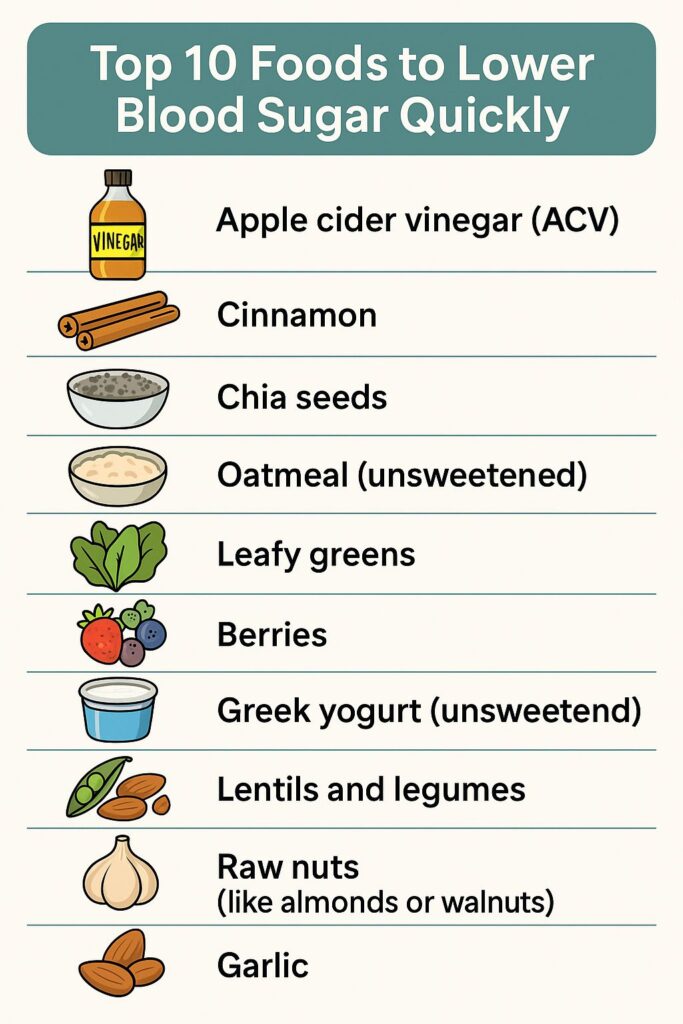
1. Apple cider vinegar (ACV) – Improves insulin sensitivity (1–2 tablespoons diluted in water)
2. Cinnamon – Contains polyphenols that mimic insulin
3. Chia seeds – High in fiber and omega-3s
4. Oatmeal (unsweetened) – Contains beta-glucan which slows glucose absorption
5. Leafy greens – Low in carbs, rich in magnesium
6. Berries – Low glycemic index, rich in antioxidants
7. Greek yogurt (unsweetened) – High in protein and probiotics
8. Lentils and legumes – Slow-digesting carbs
9. Raw nuts (like almonds or walnuts) – Healthy fats and protein
10. Garlic – May improve insulin sensitivity
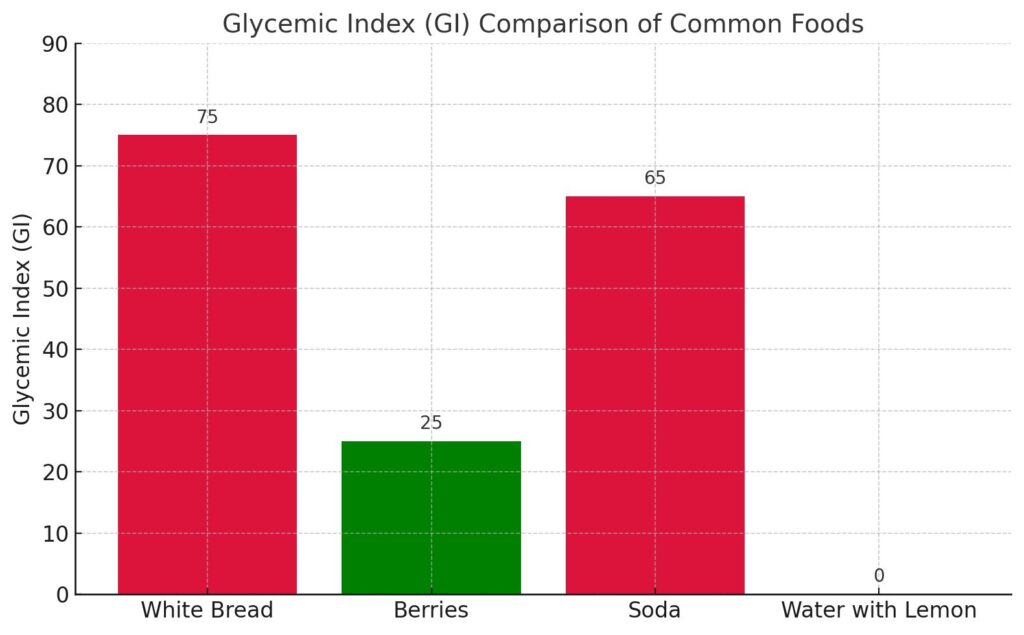
Lifestyle Habits That Support Rapid Glucose Reduction
Daily Habits That Make a Difference
• Sleep 7–9 hours/night: Poor sleep affects insulin response.
• Avoid sedentary periods: Get up and move every hour.
• Monitor portion sizes: Overeating, even healthy food, can spike sugar.
• Stay consistent with meal timing: Irregular eating can confuse your body’s glucose response.
Exercise Strategy: The 15-15 Rule (Without Hypoglycemia)
If your blood sugar is between 180–250 mg/dL:
• Walk for 15 minutes
• Recheck blood sugar
• If stable or dropping, continue walking or resting with hydration
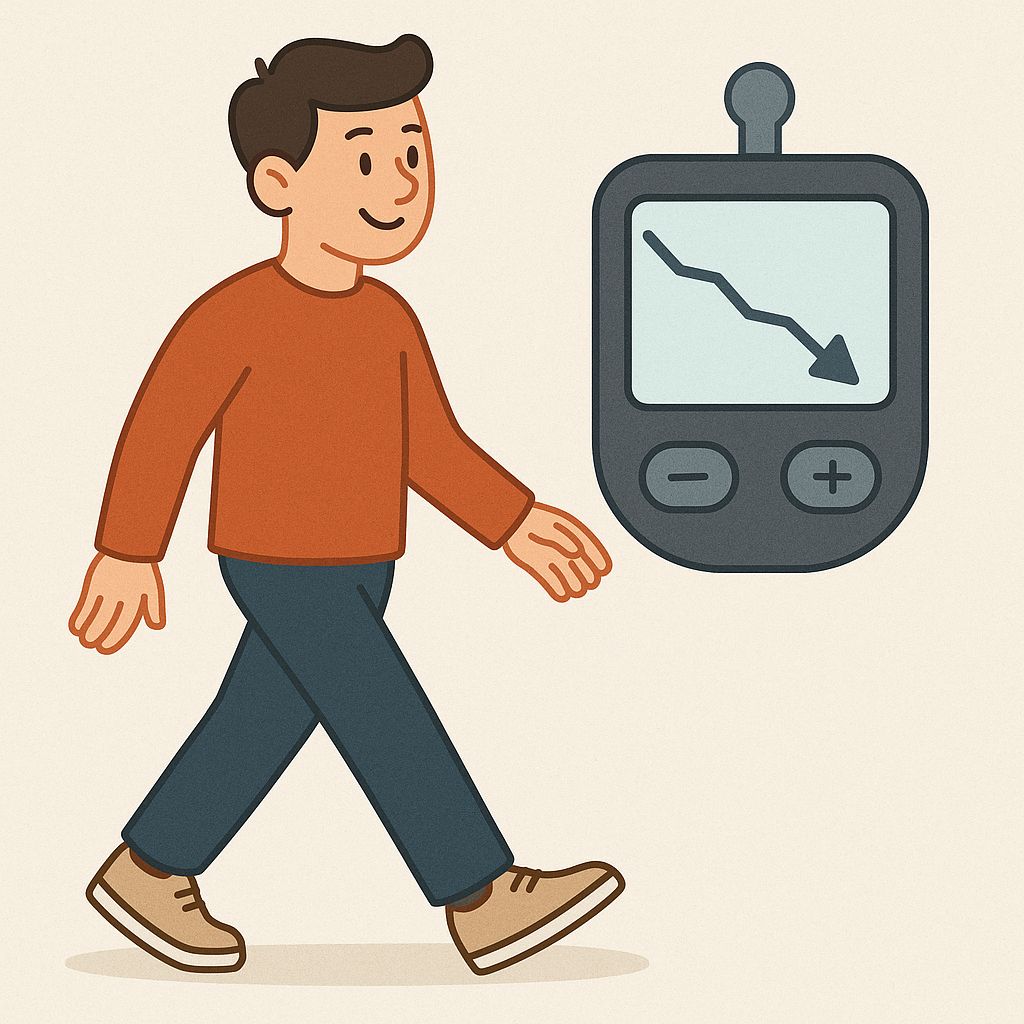
What to Avoid During a Blood Sugar Spike
Foods to Avoid:
• Sugary drinks (juice, soda, energy drinks)
• Refined carbs (white bread, pasta)
• Deep-fried foods
• Candy, cakes, cookies
Habits That Can Worsen High Blood Sugar:
• Skipping meals
• Overeating in panic
• Ignoring hydration
• Over exercising without checking for ketones
Mental health matters: Diabetes burnout can lead to poor management. Reach out for support.
Monitoring Your Progress
Tools for Smart Management
• Glucometer: Check before and after meals
• Continuous Glucose Monitor (CGM): Real-time data for trends
• Journal: Record food, activity, and readings
• Mobile Apps: Try apps like mySugr or Glucose Buddy
Sample Blood Sugar Monitoring Chart
| Time | Activity/Food | Blood Sugar (mg/dl) |
| 8:00 AM | Fasting | 190 |
| 8:30 AM | 20-minute walk | 160 |
| 9:00 AM | Low-carb breakfast | 140 |
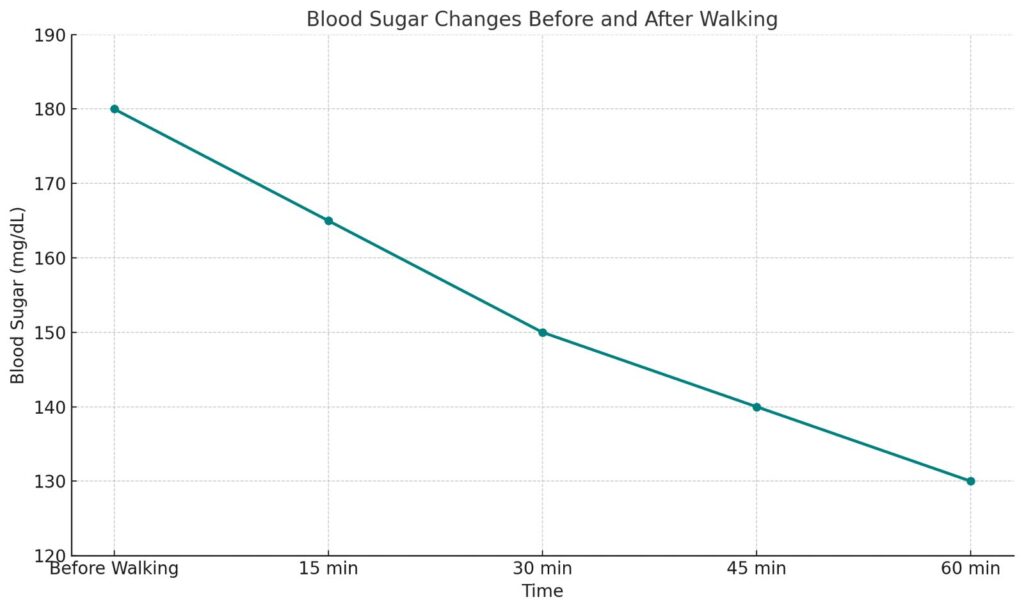
Frequently Asked Questions (FAQs)
1. Can drinking water lower blood sugar immediately?
Yes, staying hydrated can help your kidneys flush out excess glucose through urine, offering a quick, natural method to lower blood sugar.
2. What is the fastest natural way to reduce high blood sugar?
Moderate exercise, such as brisk walking, combined with hydration and avoiding carbs, is the most effective way to quickly reduce blood sugar without insulin.
3. Is apple cider vinegar safe for diabetics?
Yes, when diluted properly (1 tablespoon in 8 oz water), ACV may improve insulin sensitivity. Always consult your doctor before starting new remedies.
4. How long does it take to lower blood sugar without insulin?
It depends on the individual and methods used. With light activity and water, you may see a drop within 30–60 minutes.
5. Should I exercise if my blood sugar is very high?
Exercise can help, but if your blood sugar is over 240 mg/dL, test for ketones. If ketones are present, avoid exercise and seek medical help.
Key Takeaways
• High blood sugar can be managed naturally through exercise, hydration, and smart food choices.
• Avoid panic-eating, sugary drinks, and sedentary behavior during a spike.
• Track your numbers consistently with a glucometer or CGM.
• Consult a healthcare provider before making significant changes to your routine.
• Empower yourself with knowledge and small daily habits that protect long-term health.
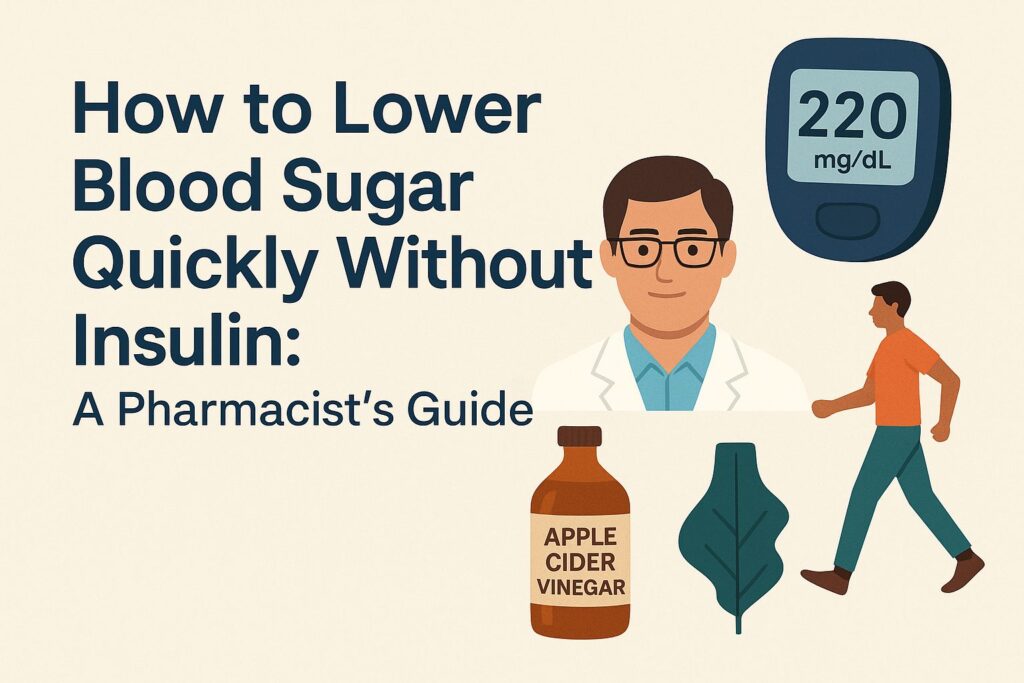

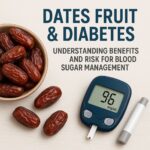

Pingback: Diabetes Test Kit Guide for Accurate Home Monitoring - Pharma Heals